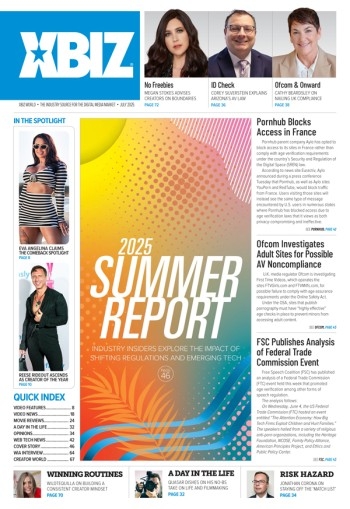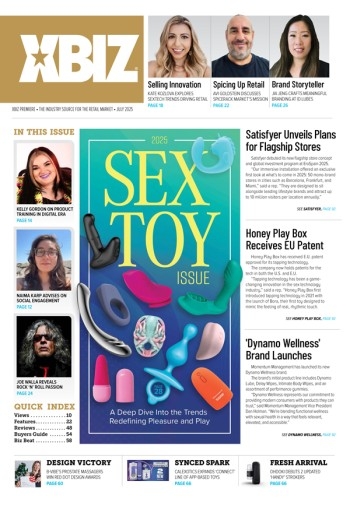We live in an increasingly multi-device world, where many modern consumers may use a television, personal computer, Smartphone, tablet, connected gaming system, MP3 player or other devices throughout a single day.
Content is acquired and consumed across all of these platforms, many of which are used simultaneously; such as when a TV viewer is texting and following the program on social media using their phone — the so-called “second screen” phenomenon which is creating new opportunities for realtime content, product, service and supply marketers — with current second screen usage reported by more than 85 percent of mobile users.
Spotty app implementations are harming the user experience and sending dismayed viewers to Apple and other manufacturers’ support forums.
Sometimes, however, content is acquired on one platform and then viewed on another, which while perhaps a consumer friendly practice, can cause problems for designers and those responsible for drafting design specs — who although diligently reviewing access data to determine the best platforms and screen sizes to accommodate, miss a hidden gem of a detail in their statistics — which cannot reveal that a percentage of visits attributed to tablets and other connected devices are actually home television viewers using the mobile or game device as an “Internet antennae,” sucking in streaming media at will ....
One such example involves iPad users pumping video to the big screen via HDMI — a high-quality portable theater experience for users without Internet enabled televisions — and for Hulu, Netflix and other streaming media account holders on the go.
This “screen mirroring” frees content from the confines of smaller displays, enabling enhanced viewing — some of which come at a cost in terms of incompatibility and user frustration which can make your product seem “flawed” in its execution.
For example, designers should note that different devices have different aspect ratios; such as the iPad’s 4:3, which echoes that of standard definition TV sets, with resulting “black border bars” visible on newer widescreen displays, which have 16:9 aspect ratios.
Unfortunately, it seems that techniques such as CSS media queries and the like lack the ability to distinguish these non-native device viewing sessions, so on-the-fly updates of the user environment are difficult if not impossible, unless responsive designs are used — and even then, the effects and benefits may be negligible, depending upon application.
Also unfortunately, spotty app implementations are harming the user experience and sending dismayed viewers to Apple and other manufacturers’ support forums; searching for a solution to intermittent black bars, shown by some apps and not by others, but fixed in many instances by adjusting TV settings — a cue for on-site “help section” developers who wish to detail these adjustments — but what customer wants to bother with all that?
This of course isn’t just an issue for iPad users, as Android, laptop and other devices are all capable of interfacing external displays; while some include integrated projectors, for wall-filling video, further complicating the display-targeting designer’s situation.
However your design team handles the issue, the important consideration at this point is to be aware of the trend, which may only accelerate in the future, as connected eyewear beaming content to external displays to share with other viewers becomes commonplace.
Perhaps by then a good solution to multi-device download and display will be found.





